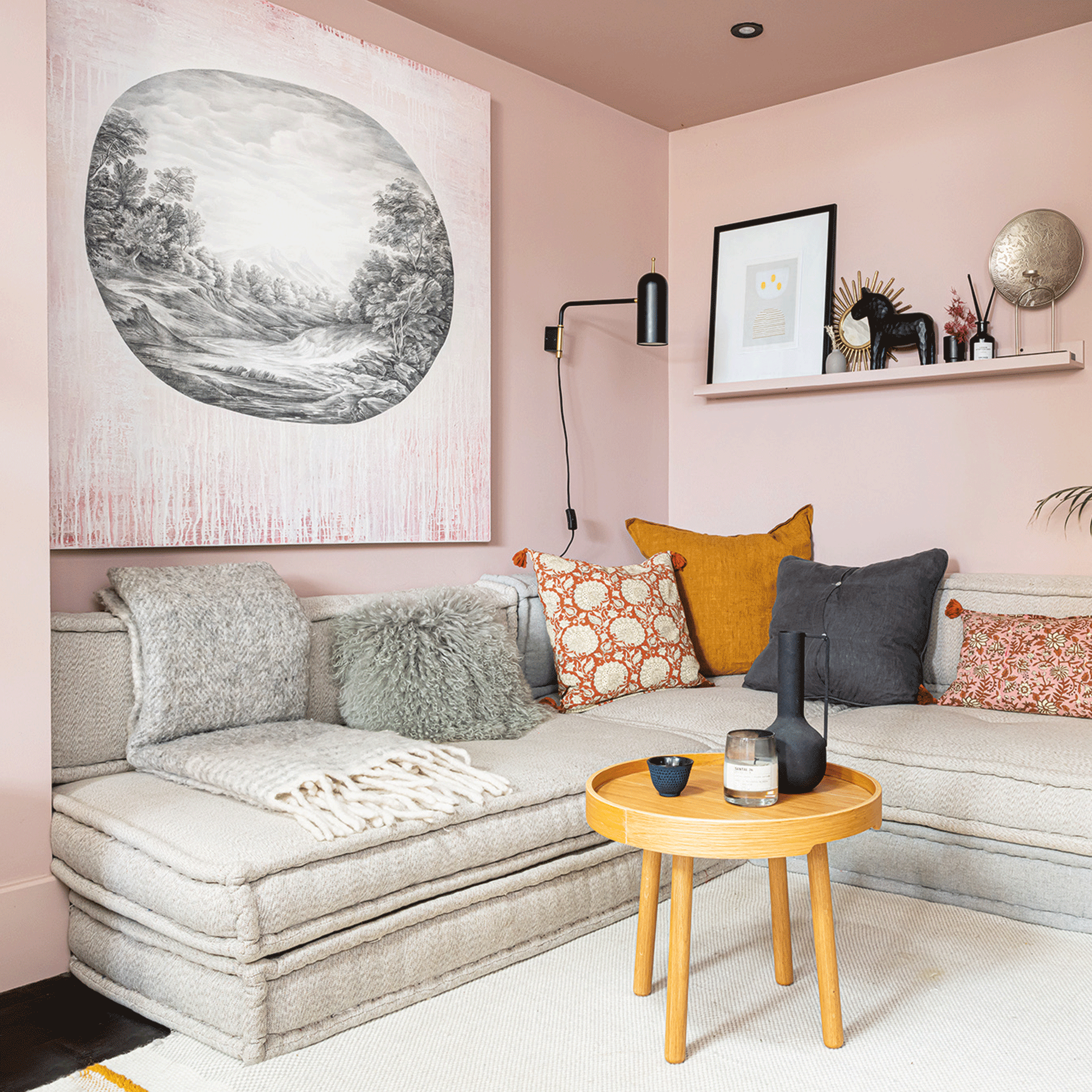
If your living room looks or feels cold regardless of the temperature outside or whether or not you have your heating on, this could be due to some simple design and decor mistakes.
From leaving your floors bare to relying too much on overhead lighting, several factors can negatively impact how comfortable and inviting your living room ideas feel. Given that we spend a considerable amount of time in this room, whether that's relaxing at the end of a long day or even dedicating a corner to working from home or reading, it's important to invest time in planning cosy living ideas that you can retreat into.
Mistakes that are making your living room feel cold
We spoke to the experts to find out the biggest issues that might be making your living room feel cold, as well as what to do instead. Thankfully many of the adjustments are quick and simple changes to make, which will have your living room feeling warm and cosy in no time.
1. Not sticking to a colour scheme

A living room colour scheme should always be carefully considered, neglecting one altogether can make a room look cold, flat and dull. However, Molly Woodward-Moor, Interior Designer and Creative Director at Stone Superstore, has a handy tip to assist with this. 'A classic interior rule that helps to create a cohesive colour palette is the 60-30-10 method. Pick three colours and divide them into three; dominant colour, secondary colour, and accent colour. The percentages are a guideline, but this can be a helpful tool to keep in mind when creating balance within a colour palette,’ she outlines.
‘Light and pale colours are often known to make a room appear colder due to their cool undertones. For this reason, it is best to avoid blue tones as they can be the biggest culprit when it comes to creating a frosty atmosphere,’ explains Interior Design Expert Margaret Larson, from Sustainable Furniture. ‘If you're looking to create a cosy ambiance within your living room we recommend choosing a colour palette with warm undertones like blushes or peaches.’
‘Cold, light colours are great to use to make a room feel bigger, but should be used sparingly if you want your home to feel warm,’ agrees Nicholas Auckland, Heating Expert at Trade Radiators.
2. Not layering window dressings
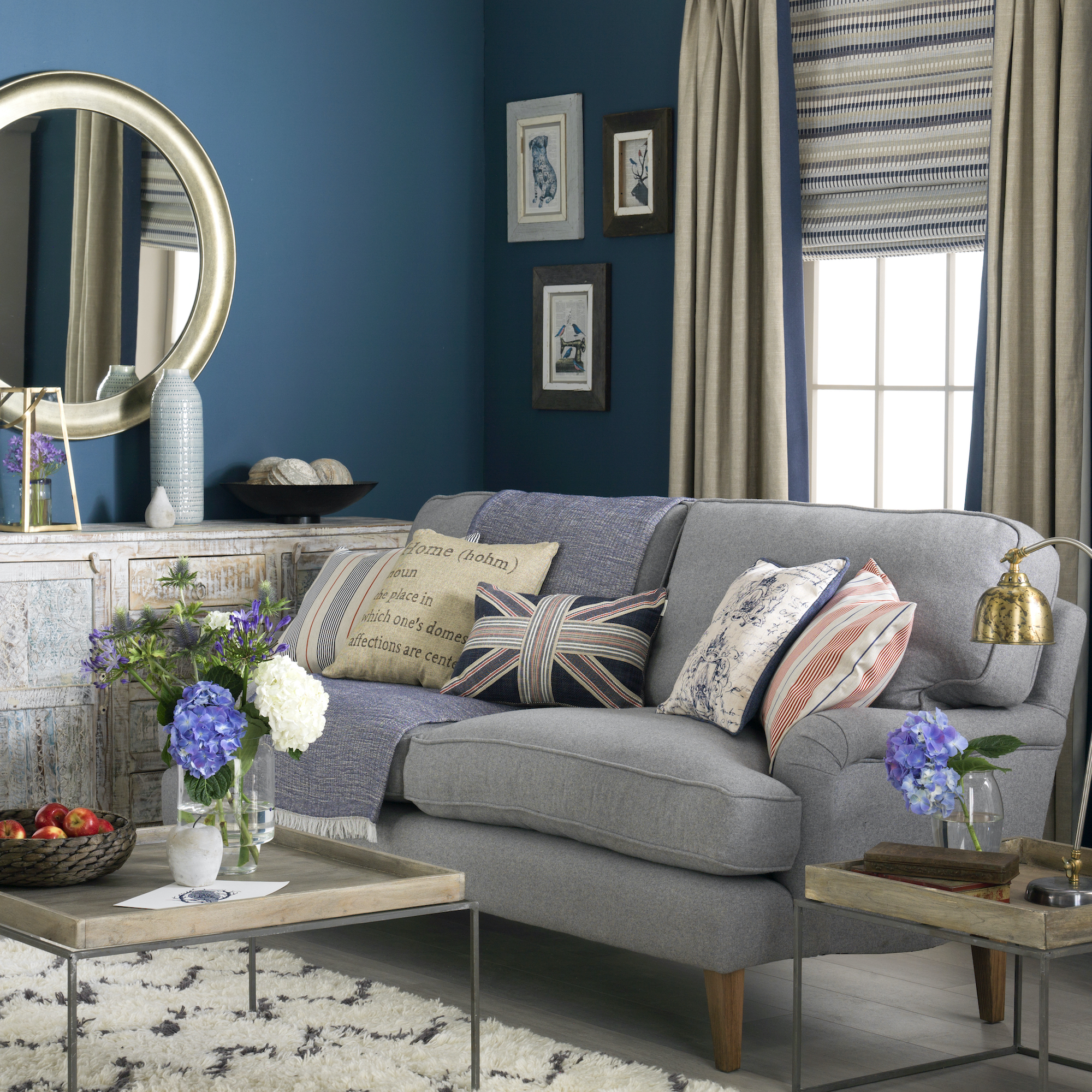
‘Not layering your window treatments is a big mistake to make in the cooler months. Just as an outfit with a jacket and scarf is warmer than a shirt, multiple window coverings provide additional insulation and protection,’ adds Lisa Cooper, Head of Product at Thomas Sanderson. Consider combining blinds with your living room curtain ideas. You can vary the textures and different weights of materials to get the balance just right.
‘During the winter months, the living room can become cold due to draughts entering from doors and windows. To avoid this, consider fitting thermal curtains as they will help to retain the heat in the living room and block out any draughts which may have been entering the room,’ explains Colette Toman, Make My Blinds' Interior Stylist.
You can pick up thermal curtain liners from £10 at Dunelm if you're looking for a quick and affordable fix.
3. Sticking to just one texture
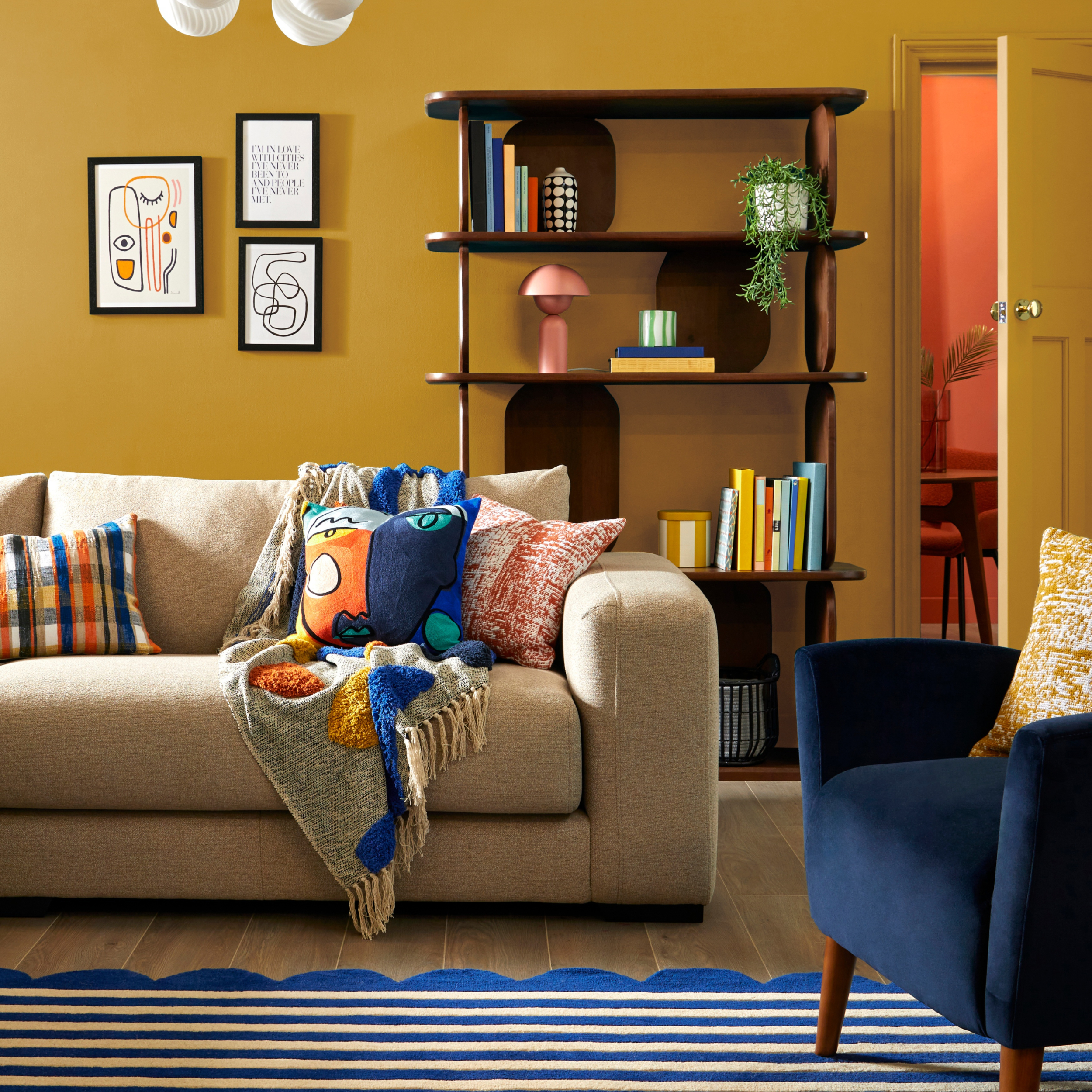
‘One of the quickest ways to bring in that warm and cosy feeling is to add layers of soft furnishings to our homes, such as throws, cushions and curtains,’ says Debbie Leigh, ILIV Design Manager. ‘In a living room, cleverly layered textiles not only create a cohesive look but help to create a feeling of warmth.’
‘Mixing fabric textures is vital to achieving a truly snug look,’ Helen Shaw, Director of Marketing (International), Benjamin Moore, agrees. ‘So consider layering velvets, weaves, knits and cottons across soft furnishings to tie your room together.’
‘By making sure there are tactile fabric and textures in the room, you will create a cosy space,’ Ann Marie Cousins, founder of AMC Design, concurs.
4. Leaving floors bare
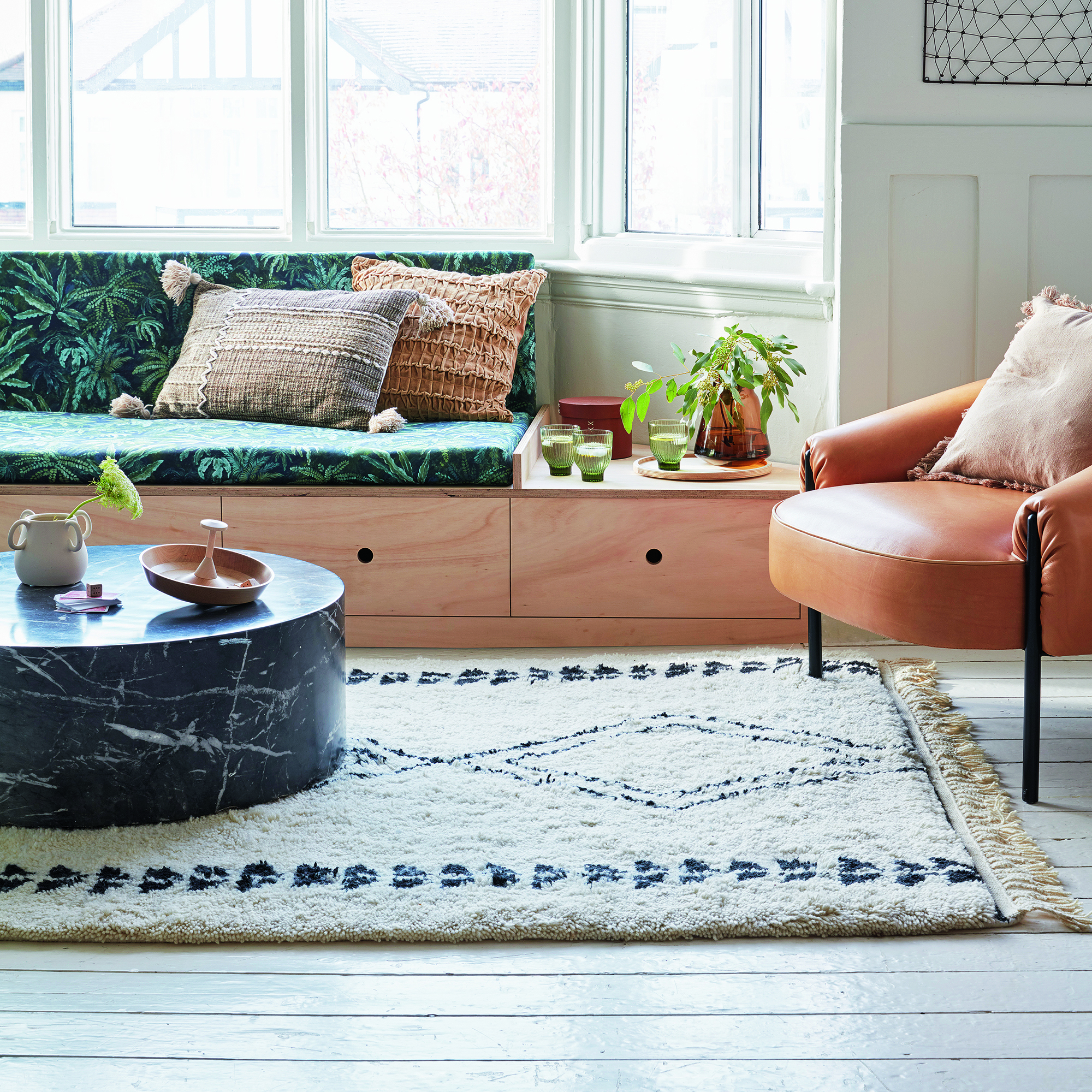
It’s no surprise that ‘bare floors, especially ones made of tile or concrete, can make a room feel cold,’ says Home DIY Expert and Owner of Saxton Blades, Glen Peskett. So, if you’ve moved away from wall to wall carpeting in your living room, you’ll still need to consider living room rug ideas to provide both physical and visual warmth to the space.
‘Layering rugs can work wonders; opt for large area rugs with soft textures,’ Glen adds. ‘Not only will they add aesthetic appeal, they act as insulation, preventing heat from escaping through the floors.’
5. Choosing furniture that is too small
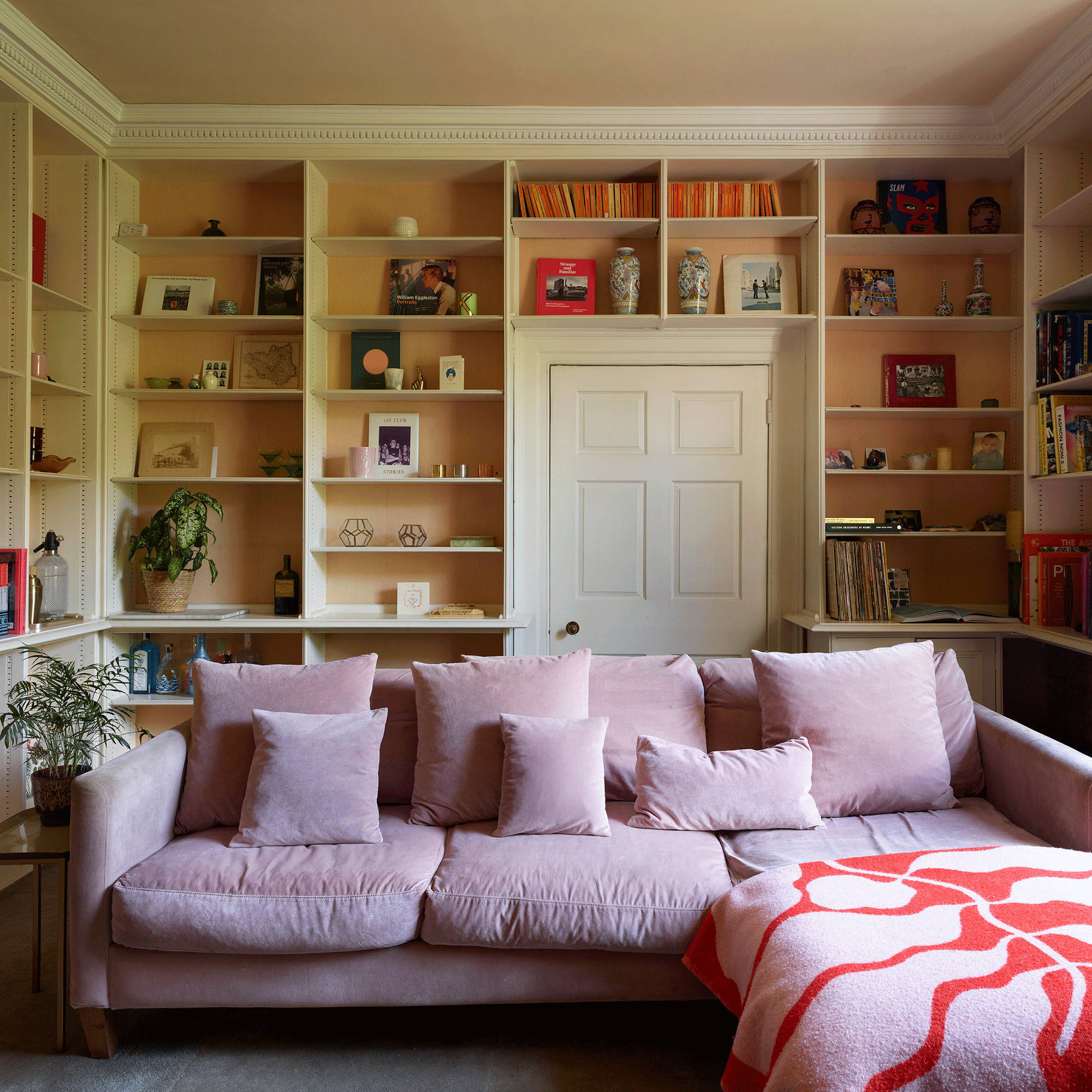
‘Your sofa is likely to be the biggest piece of furniture in your lounge, so make it count. Having too little seating or arranging it in a way that doesn't encourage conversation can create a cold, unwelcoming vibe,’ warns Jemma Jaques, Visual Design Lead at The Lounge Co.
‘Choose the biggest sofa you can for your space, making sure you leave enough room for people to walk around without bumping into things. Placing sofas opposite each other or around a focal point such as a fireplace will also help to create warmth.’
‘Getting the layout right is important when creating a warm and cosy living room,’ agrees Sophie Clemson, Director and Co- Founder of The Living House. ‘If the furniture is lined up against the walls and far away from each other this doesn't give a cosy atmosphere.’
Rob Beswick, Owner of CGC Interiors, concurs, ‘furniture that is pushed against walls or spaced too far apart can create a disconnected, cold vibe.’
6. Relying on the ‘big light’

‘If the first thing you do when you walk into a room is turn on the ‘big light’, stop right now,’ Jemma suggests. ‘Bright, overhead lighting can make a room feel cold and clinical.’
Instead, ‘try dimmer switches to adjust the intensity, or better still, create a cosy ambience with a mixture of wall lights, and floor and table lamps. It’s also worth checking your bulbs; swap cool tones for warm or soft-white bulbs that mimic natural light and instantly feel warmer,’ she adds.
There are also several other living room lighting mistakes that you’ll want to avoid, such as ignoring natural lighting. So, it’s worth layering your living room lighting ideas to make it work for a variety of tasks and to take you from season to season.
7. Choosing the wrong sofa material
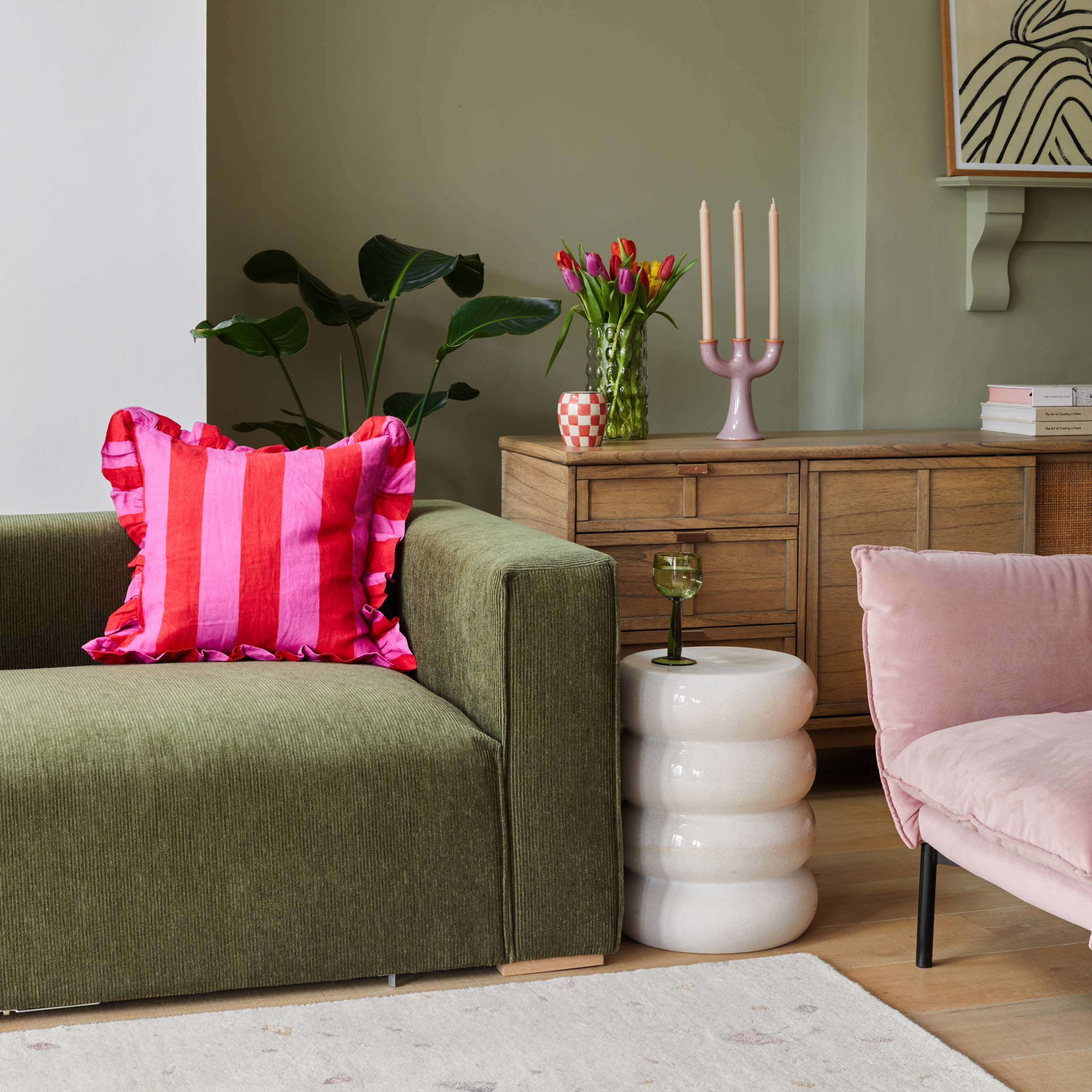
‘When it comes to selecting the right fabric for your sofa, be mindful of how it will impact the feel of the room. During the winter months, linen and leather can make a room feel cooler, this is due to their association with the summer and seaside airiness,’ sofa.com's Senior Buyer, Patricia Gibbons, explains.
‘Opt for rich velvets instead; they are naturally thicker, warm up quickly and retain heat to create a cosy, inviting space.’ Boucle and wool are also great options for adding warmth and texture and can even be integrated in the form of a sofa cover.
8. Going too minimalist with your decor
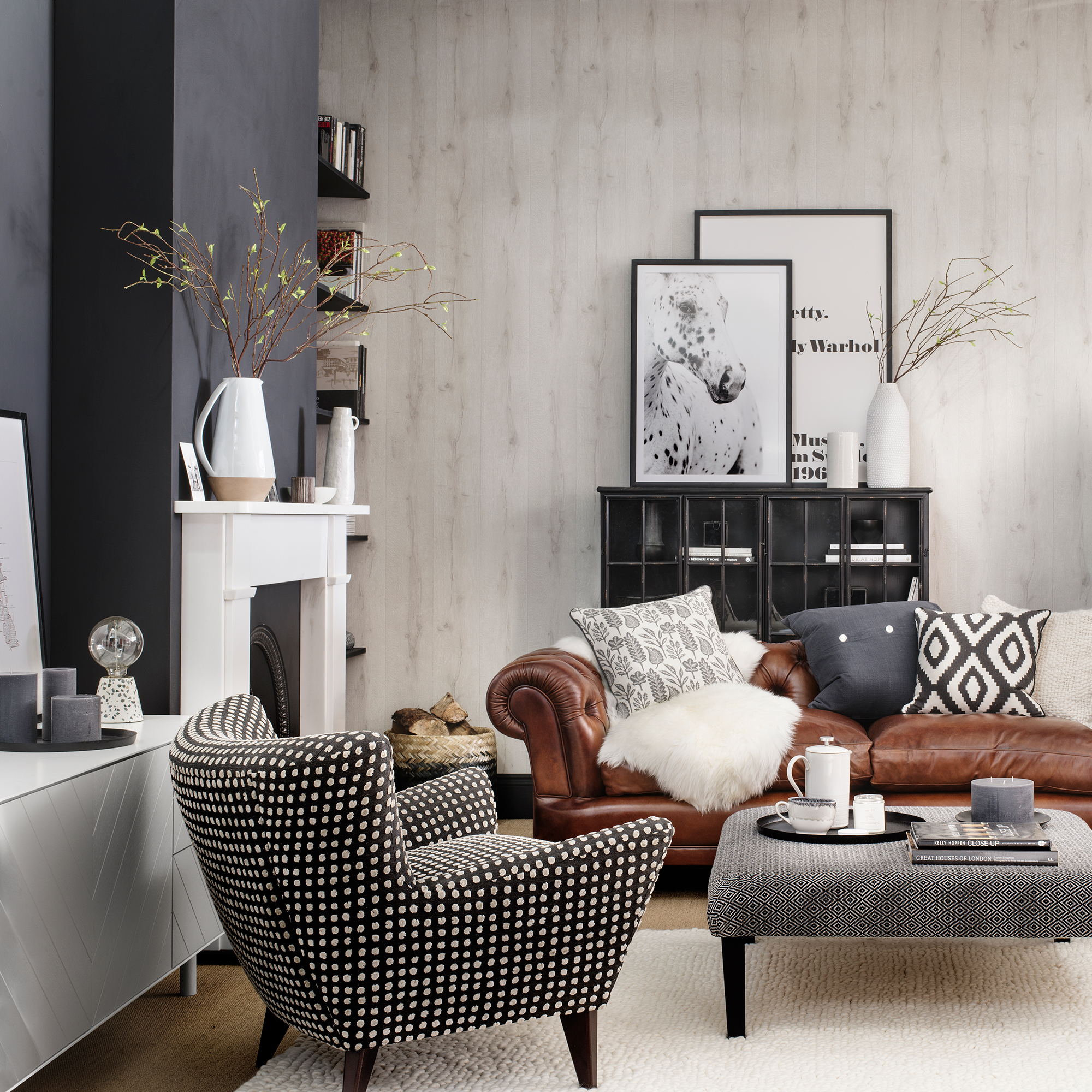
‘While minimalism can be stylish, an overly sparse living room generally lacks warmth,’ according to Nicholas. ‘Add visual layers and personal touches through decorative items like artwork, plants, and books to make your space feel more inviting and cosy.’
‘Warmth can be emotional, not just visual so adding elements of your character and personality into your home can make it feel more inviting and reflective of your style,’ according to Amy Wilson, Interior Designer at 247 Blinds and 247 Curtains. ‘Introducing personalised touches through vintage furniture, eclectic accessories and candles will all add to a sense of lived-in homeliness that will add to the warmth.’
9. Not integrating your television into the overall design
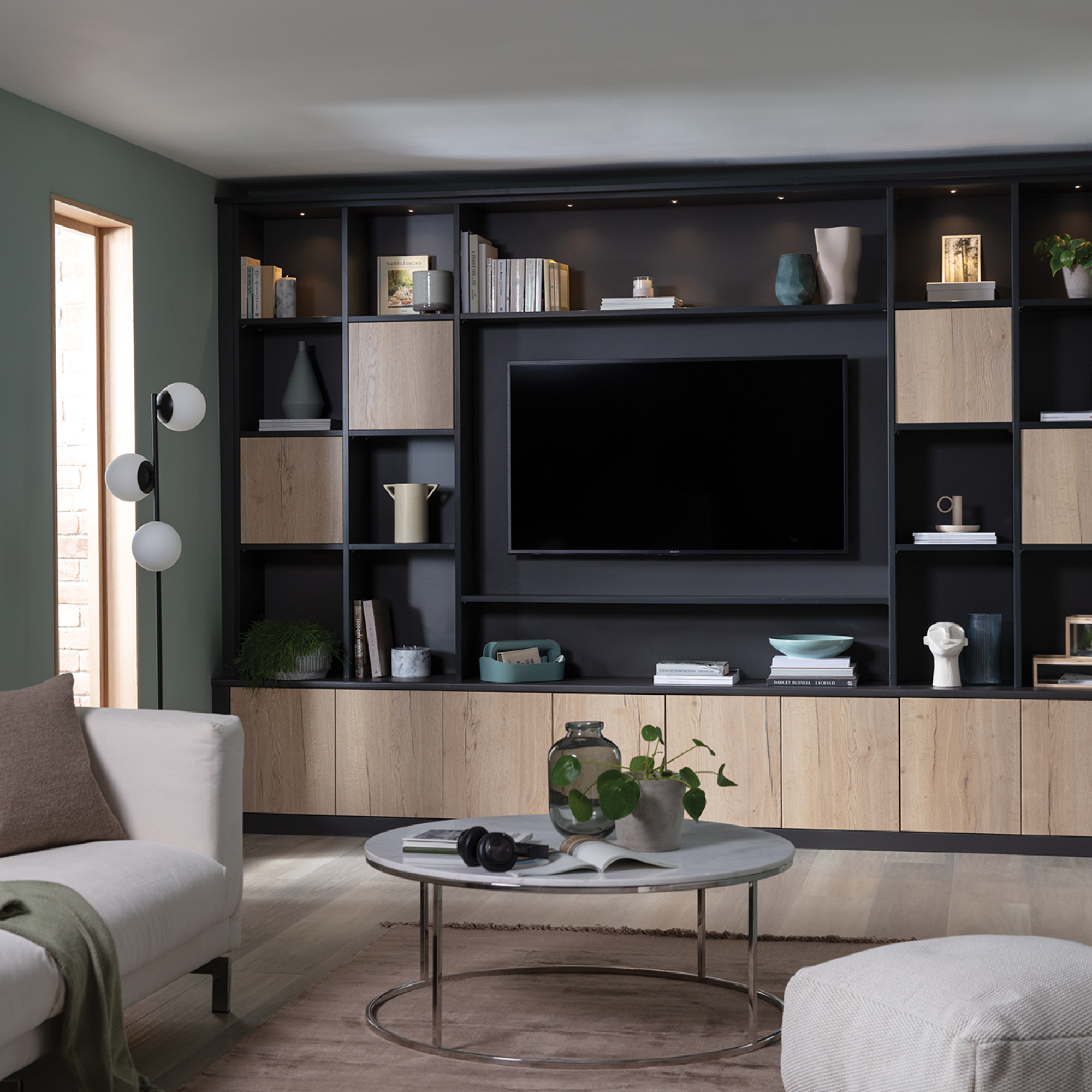
‘Mounting your TV on the wall is a very practical solution, but having a large black screen in the centre of the room can sometimes detract from a cosy atmosphere, especially if the wall behind is blank,’ James says.
‘To solve this, you could consider framing the TV by adding built-in units or simple panelling on the wall behind.’ This will add interest and colour to detract from the blank screen. You could also consider a television like Samsung’s The Frame – or switch on a similar video on YouTube – to display art and make the screen a more seamless part of the room.
FAQs
How do you keep a living room warm without relying on your heating?
‘Certain design choices such as blackout curtains don’t just lend themselves to adding warmth to interiors visually, but are actually designed to insulate the home by keeping heat in during the warmer months making them a great economical choice as well,’ Amy explains.
It's also worth closing your curtains once the sun sets. You can also use draught excluders on internal doors to block cold air from entering and warm air from escaping.
Which colours and materials generally make a room feel colder?
‘Whites and light greys make any room feel cold, whether you're using it on the walls or in furniture,’ Nicholas warns. ‘The light grey trend at the moment is likely having an impact on how many homes feel, with grey everywhere being a major reason why a room might feel cold and even more empty.’
‘You need to be careful when using grey in your living room if it has blue undertones it can make the room feel chilly,’ Sophie agrees. Instead, cold, light colours ‘should be used sparingly if you want your home to feel warm,’ Nicholas concludes.
How many of these mistakes have been making your living room feel colder than it should be.







